It's common to see a big, dark colored bird sitting near the water, all spread out, sometimes turning slowly, head up. It may be an Anhinga, could be a Cormorant. They don't have oil glands, their feathers are not water repellent, but they hunt underwater. After several dives they must dry out their feathers, and in winter, warm up.
The Anhinga has a spear pointed beak, the Cormorant has a hooked tip. Around here the Anhinga is also known as the snake bird, or water turkey.
Subscribe to:
Post Comments (Atom)
 |
| ||||||||||||||||||||||||
FEEDJIT Live Traffic Map
CURRENT MOON





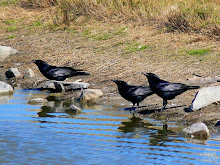
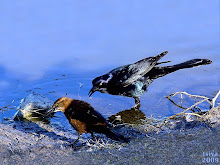

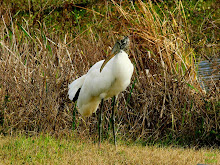
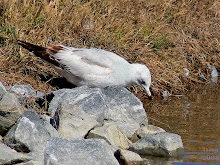

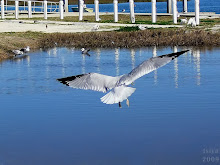


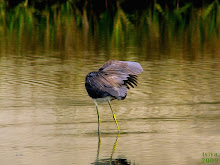
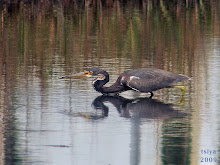
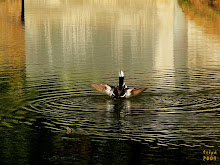



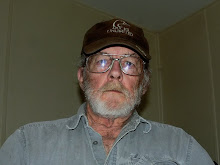
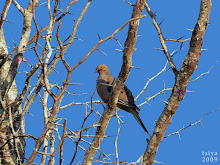
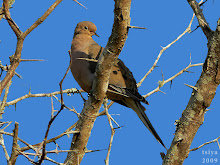
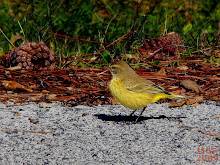
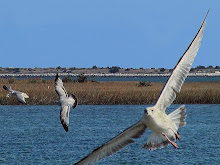


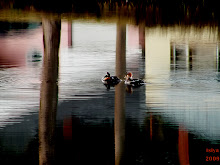



















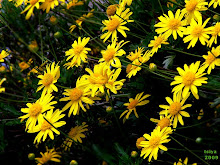





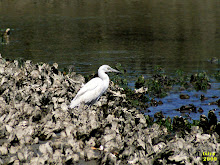

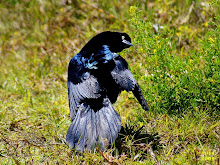
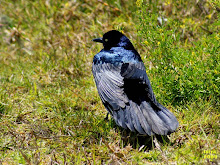
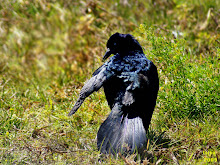
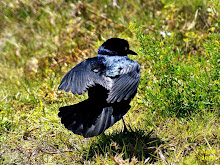

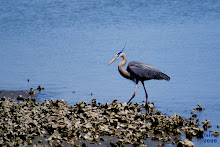
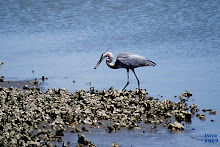
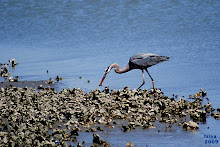


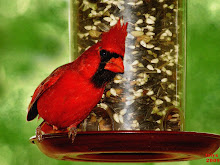
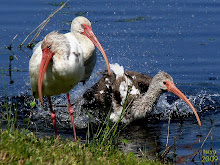
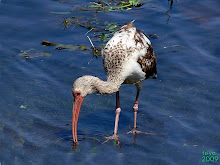
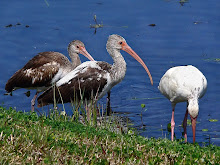





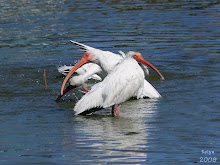
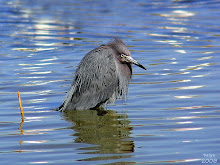
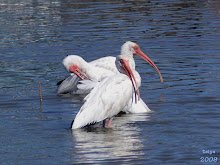
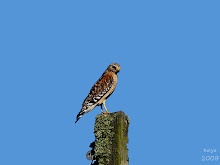

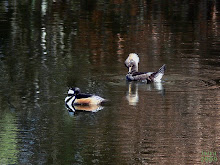
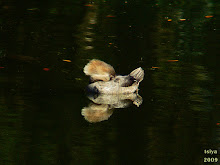
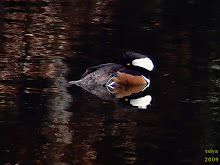




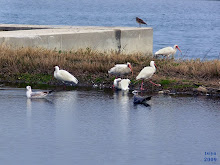
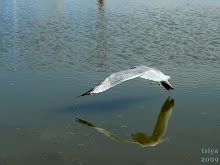
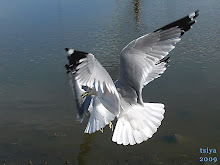
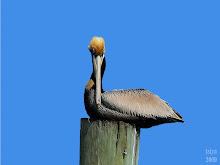
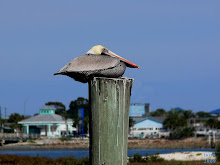
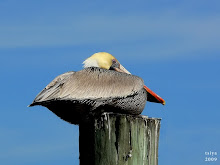
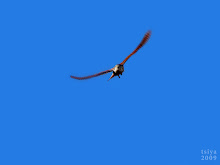


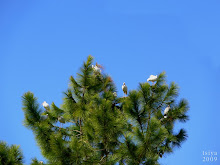
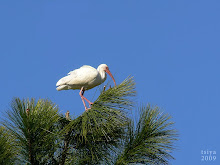
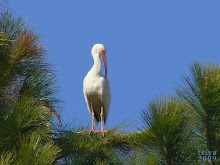
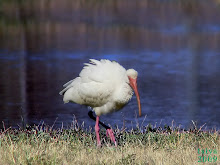
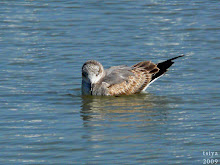
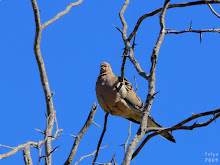
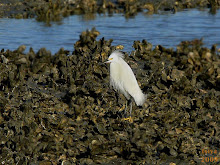
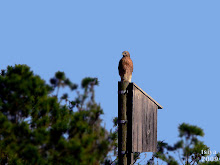

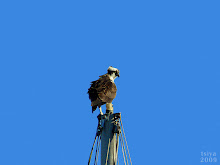
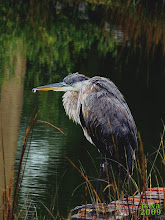

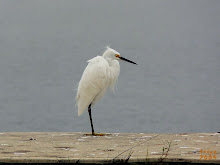
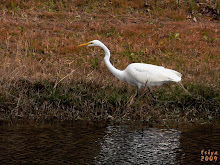
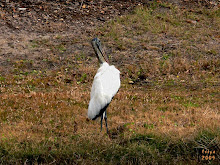

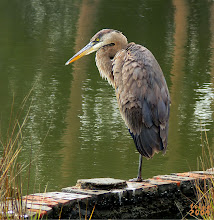
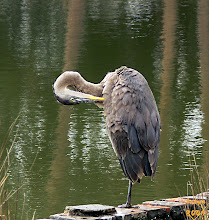
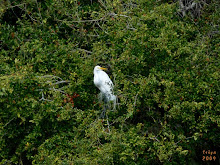
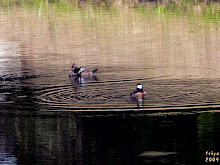
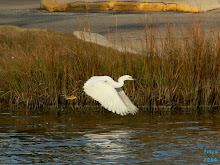



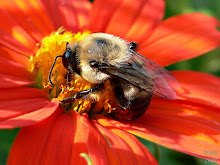

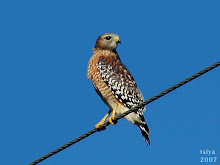


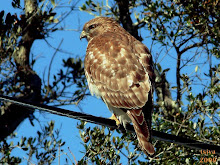
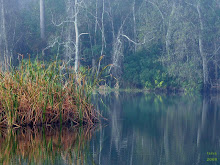



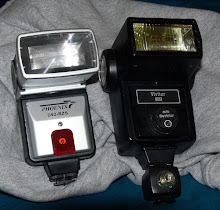

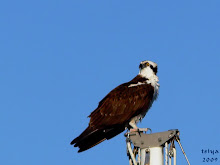
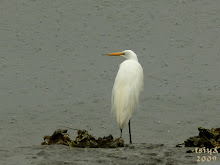
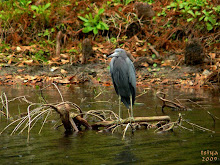

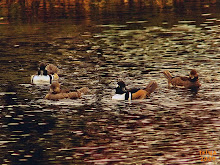
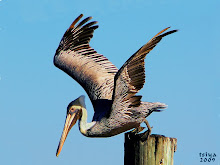
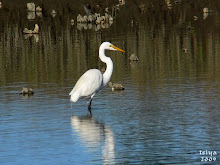
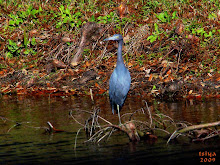
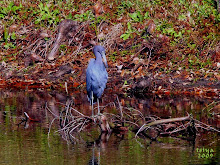
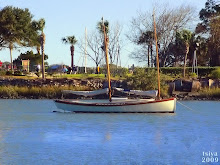
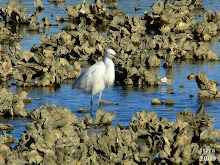
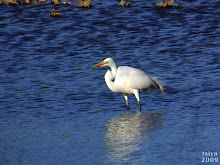
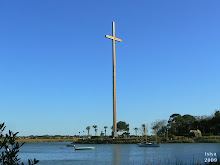
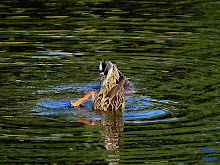


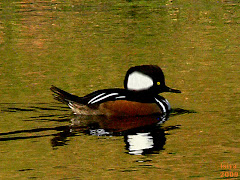
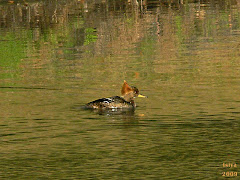
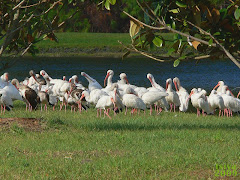
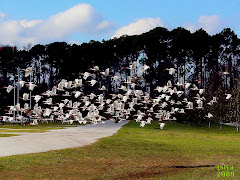


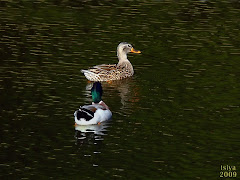
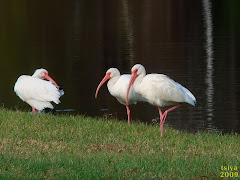
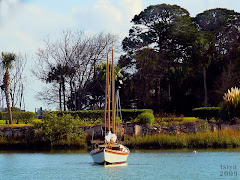
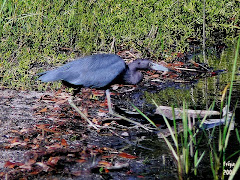
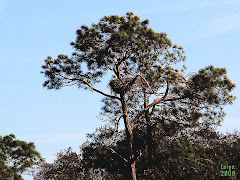

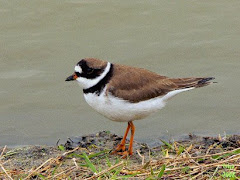
8 comments:
I think both species are beautiful, thank you!!
I heard a story once that instead of them spreading their wings to dry, they were *shading* the water to see their prey.
I don't doubt that God gave them that ability! I've seen bigger examples of the Big Man's work!
Thank You for the photos, tsiya!
Your efforts are much appreciated by me and the readers of this blog and my website!
The herons and egrets use the shading trick, some actually use motion to herd fish into clusters. The Anhingas and Cormorants can barely walk, but they can out swim many fish. Loons are another non walking bird, I don't think they can even take off from land, they must stay near the water.
Hey how about I put some of mine up here?
You got some birds?
The local (New Mexico) bird also "assumes the position" of shading/drying is the Road Runner! Apparently they're cooling off or allowing the desert dust blow free, or both -- or simply digesting.
I had seen them 'running' along the roads on my previous visits to the southwest, and of course the "beep beep" of the cartoons, but never realized how unique they are.
Noisy, with a variety of sounds from "beep beep" to "click clack" to whistles and rumbles.
Omnivorous and cannibalistic!
I've watched a lot of herons, anhingas, cormorants, ospreys, etc. "dining" through the years - insuring the fish goes down head first, and the snakes - ugh!
But I've now seen road runners in the orchard consuming snakes, lizards, chipmunks and a variety of birds, including robins!
Then they "pose" perched on the backyard wall, extending their wings like an anhinga.
I reckon some of the stuff we eat amazes them, LOL! Most birds have no sense of smell to speak of, don't know about taste buds. Consider the vultures, if you dare! They do have functional scent organs.
I never got to roam your new part of the country, I'll bet you're having a ball out there.
At this point in my life I doubt I can live without mud and Datil peppers. I still travel, I went to Spuds last week! It is all being converted to what they call "Equestrian Ranchettes", no more taters! Looks like a golf course without any holes.
One thing sure, it ain't habitat!
The first time I ever saw a road runner was in Mena Arkansas.
Was visiting my late Dad. What ever possessed him to buy a farm out there, I haven't a clue.
The roads were atrocious but the wild life off them was incredible.
First time I ever saw a copperhead also.
My Dad was bitten once and my dog too, trying to protect me!
"Good" roads just tempt folks to drive too fast to see anything.
Post a Comment